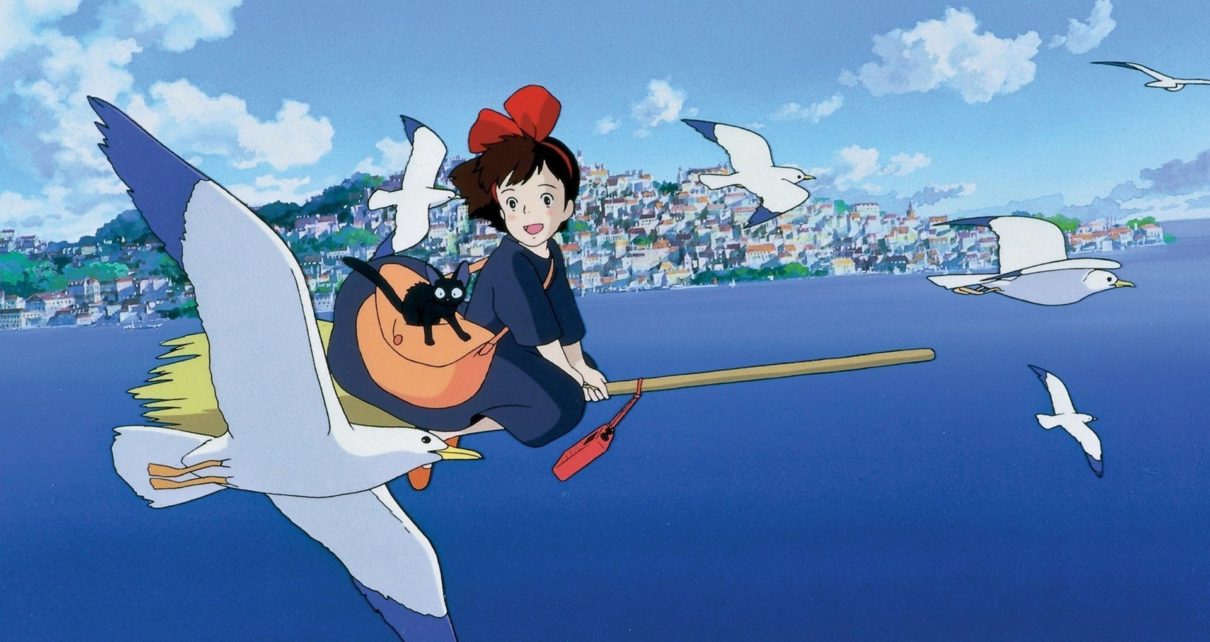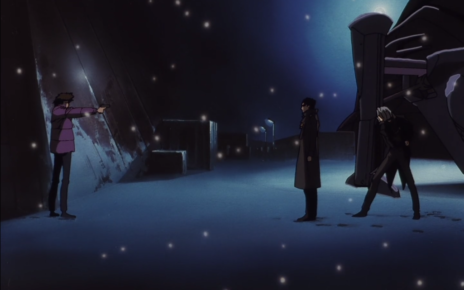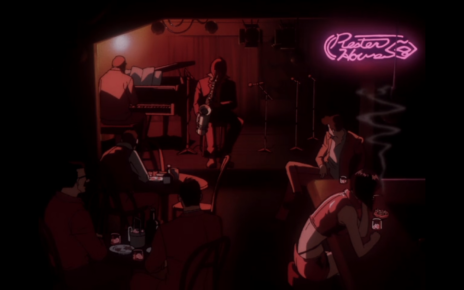A fable from the annals of animation antiquity….
Once upon a time, there was a bold artist named Hayao Miyazaki and a young witch named Kiki, who was put in his head by a novelist named Eiko Kadono. Now, the artist was committed to telling her story: the tale of a brave 13-year-old, her kind heart, her nerves of adamantium, her incurably generous spirit, and her sassy talking cat named Jiji. And he did, Reader. He stayed in his office, surrounded by animators and producers and storyboard artists, to finish this fresco about her coming of age. Once he completed the story and showed it all across his country, Miyazaki, a master, was pleased for a time.
“BUT WAIT,” his producers and their green-papered counterparts from across the ocean said. “What about the children of our land? Don’t they deserve to hear the story of Kiki and Jiji too?”
Now Miyazaki scratched his whiskery chin, deep in thought. He could not deny the children of this country across the ocean their tales of Kiki and her little black cat. But as you will learn once you get older, children, no crafter of magic trusts any others with his wizardry idly. Nonetheless, this master knew that in order to please the children, a compromise must be made.
Enter Macek of the West. He tried—oh, how he tried!—to carry the master’s story to the children across the ocean. And he failed.
It took a Very Powerful Corporation and the combined might of Young Dunst, Middle-Aged Hartman, MacNeille the Bold, Garofalo the Hysterical, and The Blessed Debbie Reynolds to assist the master. They were directed by fine minds of the Good Disney Ota-Crew, who also enlisted the talents of Fine Piano Boy Paul Chihara and Mellifluous Magistrate Sydney Forest—experts of their craft, all. This telling of the tale, embellished slightly with a Hartman ad-lib here, a piano flourish there, and pop songs—yes! pop! goddamn, I know!—written in the native tongue of the children across the ocean, came to pass. And how it did. Songs like “Soaring” and “I’m Gonna Fly” soared and flew, respectively.
Importantly, all of this was approved by the master. Some say he nodded his head, some say he smiled, and it will never be known whether or not it is true, but some say he jumped up and down and exclaimed, “Yes, yes, holy crap, Paku-san, yes!” when he spoke of this to his best frenemy Isao Takahata. Kiki and her story of joy, pain, and triumph, flew over the ocean faster than a witch on a broomstick. All children, the world over, cheered.
Then something happened.
Appreciation for the master’s work skyrocketed in the following decades. He made more beautiful, more sincere, more world-renowned works of such staggering stupendousness and singularity that they can only be described in terms we typically reserve for mathematics and numerals. Struggling to comprehend this, accursed with all the blasted reverence in the world for his craft, the Good Disney Ota-Krü did something terrible.
On the heels of one of Miyazaki’s other films, they showed the children across the ocean the tale of Kiki again, but this time, it was different. They set the pop songs aflame! They stared the ad-libs in the eye and shot them in the face. The piano embellishments on the film’s original music were silenced. All of this was done in an effort to more closely retain the spare spirit of the master’s original telling. And now the only telling of this tale that remains available to the broad public and to the children who grew up with the aforementioned effort (one dedicated to Hartman’s poory, dead murdered soul!) is this new edition—one that feels altogether unfamiliar, even empty, to these ears of mine, even if I still get to swoon over the tale’s bassoon.
Here we finally arrive at the tragedy, children. Ultimately, these are two small lessons, but an important one, nonetheless. As stories change and adapt, a word of caution to you: don’t kill the bits that work. And if you do, show your work, so the children decide whether the decision was wise or not.
Thanks for reading The Dot and Line, where we talk about animation of all kinds. Don’t forget to for this article and follow us on Twitter and Facebook.





